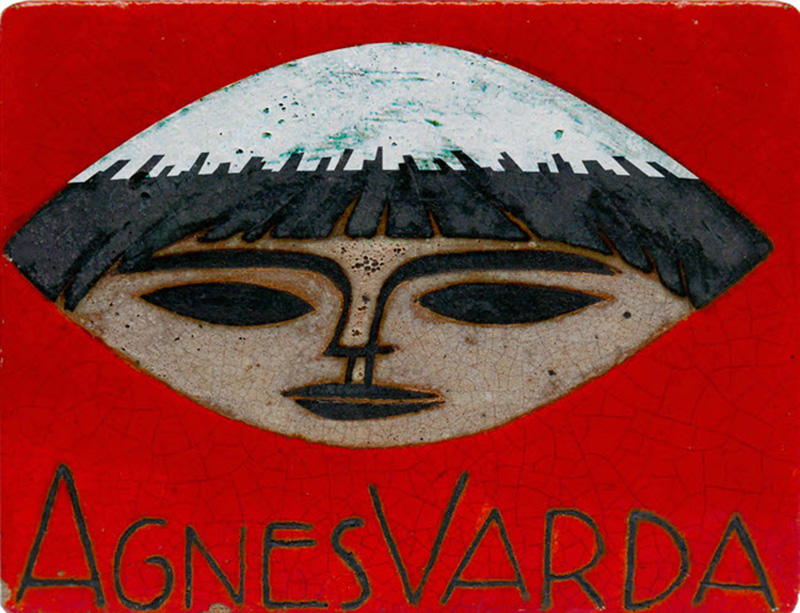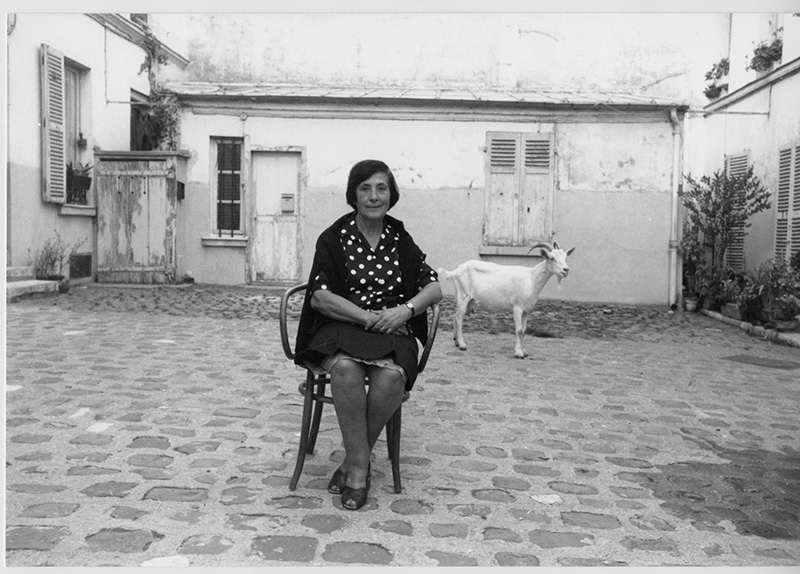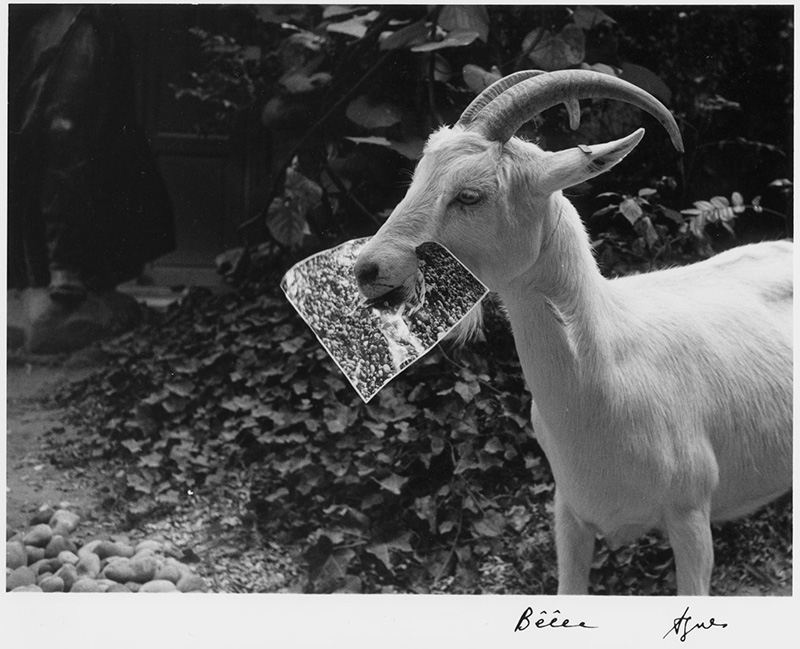ART CITIES:N.York- Agnès Varda
 Agnès Varda’s films, photographs, and installations focus on documentary realism, feminist issues, and social commentary with a distinct experimental style. The only female director of the French New Wave, Agnès Varda has been called both the movement’s mother and its grandmother. The fact that some have felt the need to assign her a specifically feminine role and the confusion over how to characterize that role, speak to just how unique her place in this hallowed cinematic movement.
Agnès Varda’s films, photographs, and installations focus on documentary realism, feminist issues, and social commentary with a distinct experimental style. The only female director of the French New Wave, Agnès Varda has been called both the movement’s mother and its grandmother. The fact that some have felt the need to assign her a specifically feminine role and the confusion over how to characterize that role, speak to just how unique her place in this hallowed cinematic movement.
By Dimitris Lempesis
Photo: Blum & Poe Gallery Archive
Agnès Varda’s first feature-length film “La Pointe Courte” (1955), which she manage to put together with little money, was an early anticipation of the French New Wave. She shifted the focus of her practice in 2003 and in her own words, transformed from an “Old filmmaker to a young visual artist”. In 2015 she honored for the body of her work at the closing ceremony of the Cannes Film Festival. She’s the first woman selected for this distinction. Only three other directors: Woody Allen, Clint Eastwood and Bernardo Bertolucci, have been recognized in this way for the global impact of their body of work. The first exhibition of Agnès Varda in New York City in on presentation at Blum & Poe Gallery, by presenting video installation, photography, and sculpture the exhibition highlights works made from 1949 to the present. She was born on May 30, 1928, in Ixelles, Belgium, with the slightly different name of Arlette Varda. She escaped from Belgium in 1940 to go live in Sète, France, with her family where she spent her teenager years. Agnès Varda studied at the École du Louvre with a focus on art history and photography at the École des Beaux-Arts. She then went on to work at the Théâtre National Populaire in Paris as a photographer. In 1954, Varda staged her first exhibition, on the courtyard walls and shutters of her house, 18 black & white photographs, stylistic precursors to her unprecedented works of film to come. This historic presentation of mounted, unique vintage prints is restaged here. “Calder et sa famille” (1954) presents Alexander Calder, his wife and daughters on a park bench in 1950s Paris. “Ulysse” (1954), a man and child stand naked by a shoreline foregrounded by the soaked corpse of a goat. The man stares towards the ocean, the boy‘s gaze rests on the animal’s body. “Le Triptyque de Noirmoutier” (2005) is a three-channel video featuring a central projection of a domestic kitchen scene, a homage to Baroque Flemish painting. This interactive work includes hinged screens, allowing the viewer to open and close side panels and influence the unfolding narrative. In another recent work, “Bord de mer” (2009), Varda proposes three representations and distinct dimensions of time portrayal. In still image, a view of the vast ocean expands before the viewer, in moving image, the end of a wave rolls and dissolves into the shoreline; and in the enveloping experience of installation, a small beach of sand edges towards the viewer’s feet. In the upstairs galleries, the viewer encounters a group of 4 new works by the artist, a series entitled “Cabanes de cinema”, the artist constructs these structures from recycled materials from their film counterparts. In another room, Varda presents “La terrasse du Corbusier, Marseille” (1956) / “Les gens de la terrasse“ (2008). A double image: a photograph with five figures and a baby on the Le Corbusier’s terrace, juxtaposed with a video re-enactment of what might have preceded this very moment. The exhibition is complete with a trinity of self-portraits, captured respectively at ages of: 21, 34, and 8, in a self-reflexive exercise that explores the permanence of image and the ephemerality of life.
Info: Organizer Olivier Renaud-Clément, Blum & Poe Gallery, 19 East 66th Street, New York, Duration: 2/3-15/4/17, Days & Hours: Tue-Sat 10:00-18:00, www.blumandpoe.com



